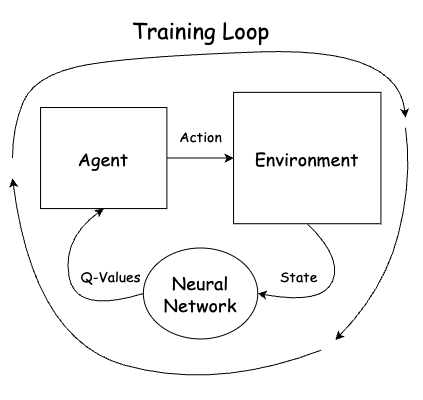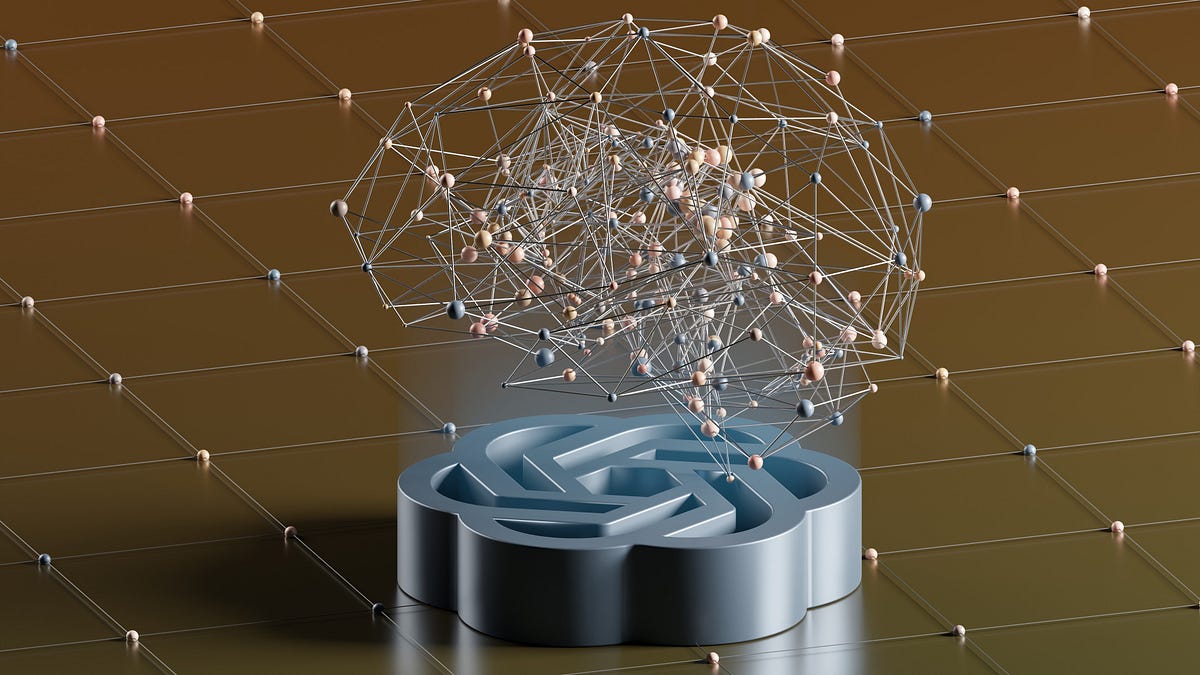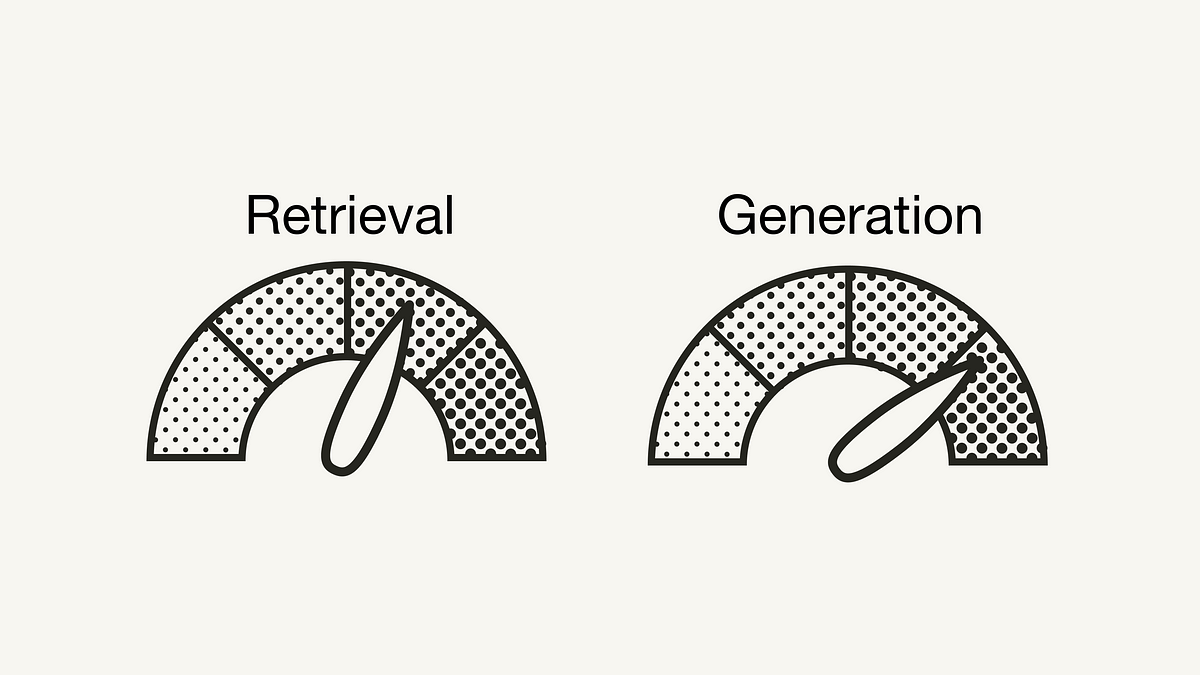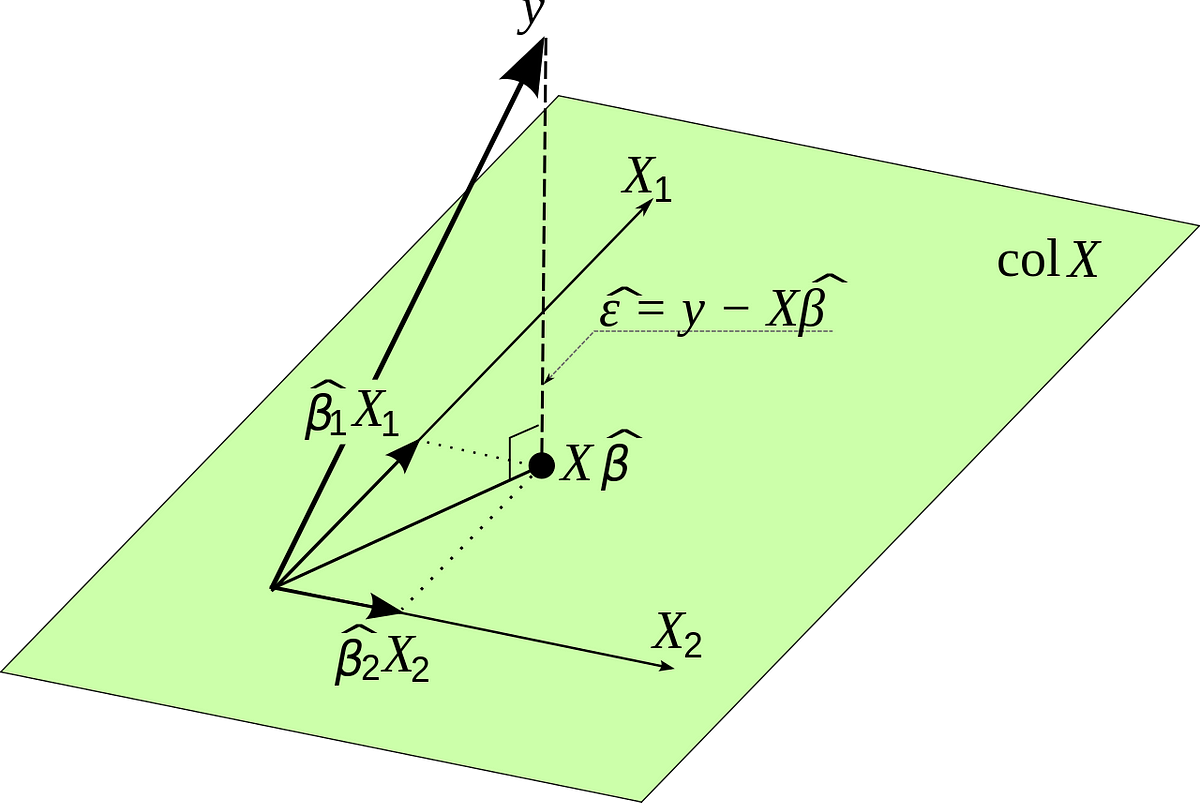Understand the logic behind the fundamental algorithm used inside the gradient descent In time series analysis, there is often a need to understand the trend direction of a sequence by taking into account previous values. Approximation of the next values in a sequence can be performed in several ways, including the usage of simple…











